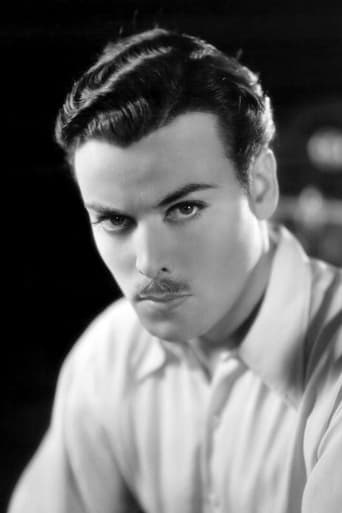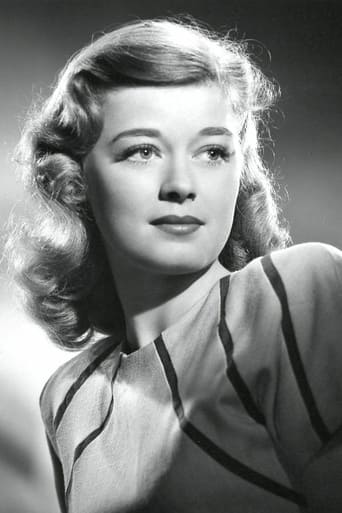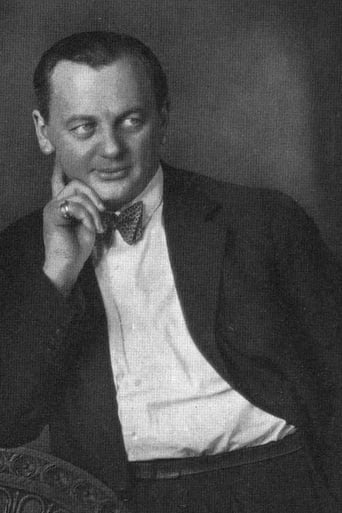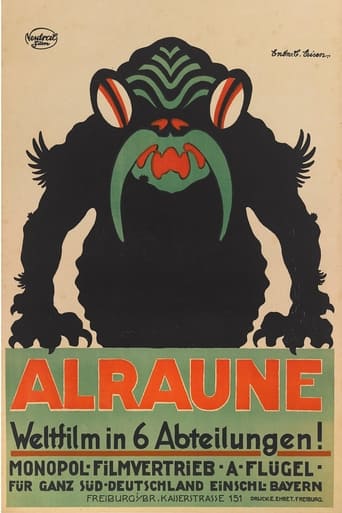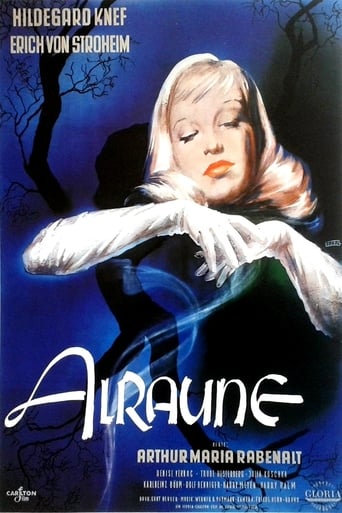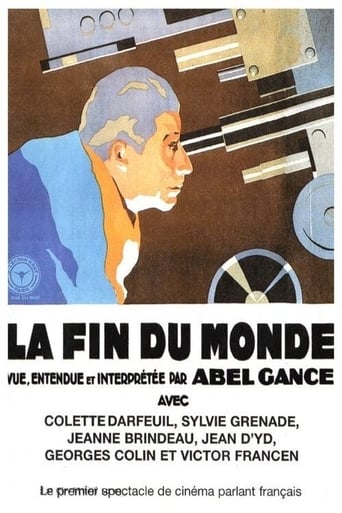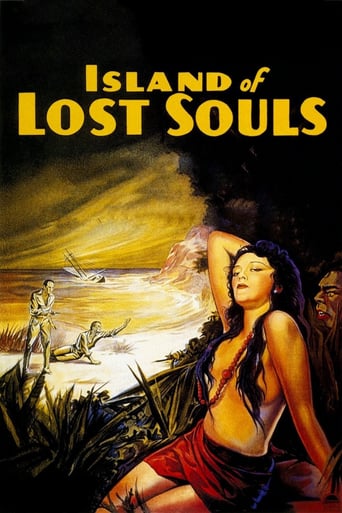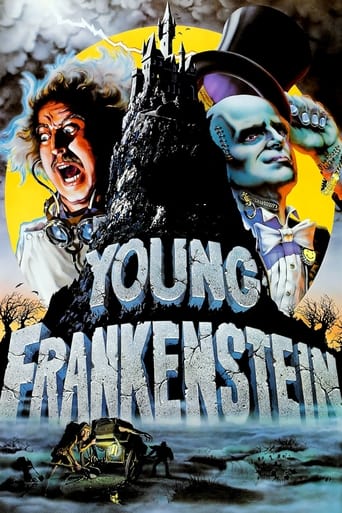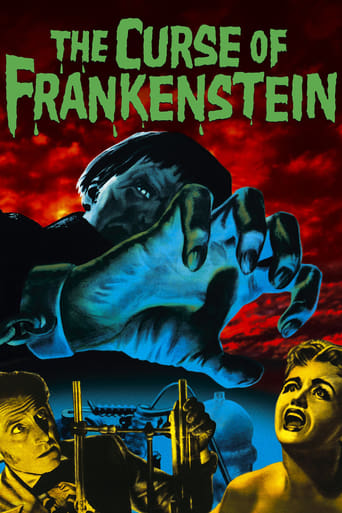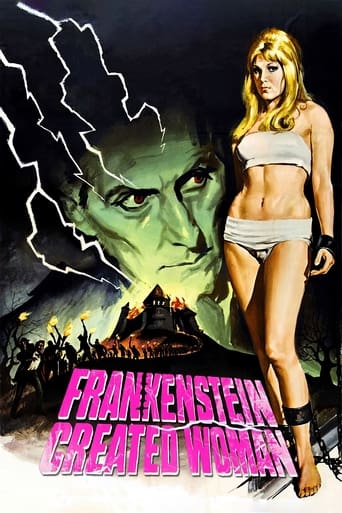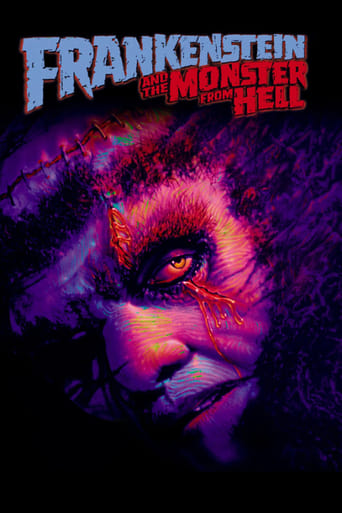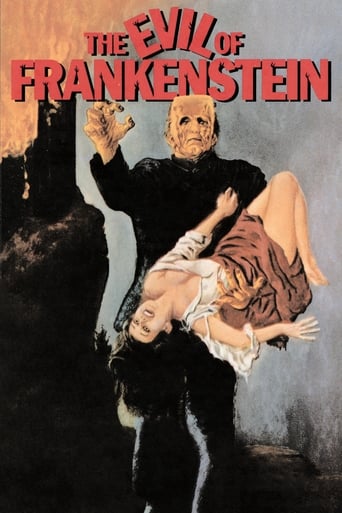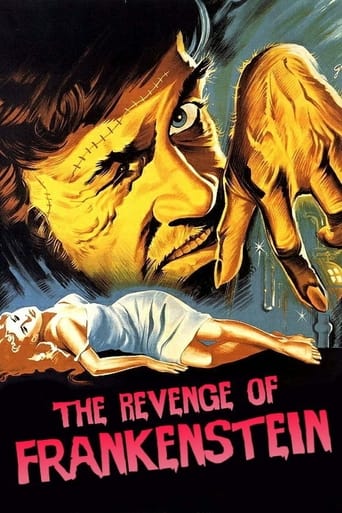

The Man in Half Moon Street (1945)
A British doctor and painter must kill for the glands he needs to stop the aging process.
Watch Trailer
Cast


Similar titles
Reviews
Very very predictable, including the post credit scene !!!
The performances transcend the film's tropes, grounding it in characters that feel more complete than this subgenre often produces.
There's no way I can possibly love it entirely but I just think its ridiculously bad, but enjoyable at the same time.
Actress is magnificent and exudes a hypnotic screen presence in this affecting drama.
Nils Asther (Julian Karell), Helen Walker (Eve Brandon), Reinhold Schunzel (Dr Kurt Van Bruecken), Paul Cavanagh (Dr Henry Latimer), Edmond Breon (Sir Humphrey Brandon), Morton Lowry (Allen Guthrie), Matthew Boulton (Inspector Garth), Brandon Hurst (Simpson, butler), Aminta Dyne (Lady Minerva Aldergate), Arthur Mulliner (Sir John Aldergate), Edward Fielding (Colonel Ashley), Reginald Sheffield (Mr Taper), Eustace Wyatt (Inspector Lawson), Forrester Harvey (Harris, a cabby), Konstantin Shayne (Dr Vishanoff), Gerald Oliver Smith (pharmacy clerk), Leyland Hodgson (Dr Albertson), Harry Cording (1st bobby), Clive Morgan (plainclothesman), Arthur Blake (man), Ernie Adams (porter), Norman Ainsley (butler), Edward Cooper (liveried servant), John Sheehan (expressman), Frank Baker (plainclothesman), T. Arthur Hughes (plainclothesman), Frank Moran (skipper), John Power (guard), Don Gallaher (ticket agent), Bob Stevenson (guard), Bobby Hale (deck hand), Cyril Ring (O'Hara), Wilson Benge (official), George Broughton (morgue official), Robert Cory, Frank Hagney, Al Ferguson (bobbies).Director: RALPH MURPHY. Screenplay: Charles Kenyon. Adaptation: Garrett Fort. Uncredited script contributors: Don Hartman, Albert Maltz. Based on the stage play by Barré Lyndon. Photographed in black-and-white by Henry Sharp. Film editor: Tom Neff. Art directors: Hans Dreier, Walter Tyler. Set decorator: Sam Comer. Costumes supervisor: Edith Head. Make-up: Wally Westmore. Music score: Miklos Rozsa. Orchestrations: Eugene Zador. Assistant director: John R. Coonan. Sound recording: Ferrol Redd, Philip Wisdom. Western Electric Sound System. Producer: Walter MacEwan.Copyright 19 October 1944 by Paramount Pictures, Inc. New York opening at the Rialto: 19 January 1945. U.S. release: October 1944. U.K. release: 26 February 1945. Australian release: 9 November 1944. 10 reels. 8,277 feet. 92 minutes.SYNOPSIS: A variant on "The Picture of Dorian Gray" . NOTES: Re-made by Hammer Films as "The Man Who Could Cheat Death" (1959).COMMENT: A stand-out cast, led by the remarkably charismatic Nils Asther, transform Lyndon's somewhat old-fashioned play into 92 minutes of solidly atmospheric suspense. Capable direction, superb photography and a marvellous music score help out considerably too.
A 90 year old man, played by an actor in his mid 40's, is said to look like he's in his mid 30's. This overly talkie melodrama has an intriguing plot but is one of the most dreadfully boring films to deal with the desire for eternal youth. Nils Asther plays the scientist who finds his time is running out after living as a thirty something for 55 years and turns to Dorian Gray like evils to retain that youth. It's an intriguing idea, but the film's pacing drags this way down, making it nearly impossible to get into. Reinhold Schünzel is very good as Asther's aging colleague (whom he went to school with) who offers wisdom as to why the desire for eternal youth is evil. There are some good moments of melodrama as well as a melodramatic ending, but that doesn't make up for the general lack of suspense and certain ridiculous moments, particularly the scenes with Helen Walker as the glamorous socialite in love with him but unaware of his deep, dark secret. So much potential, but a huge letdown.
I had previously twice watched Terence Fisher's color remake of this one, THE MAN WHO COULD CHEAT DEATH (1959) – made for Hammer Films – and, in fact, intend re-acquainting myself with it now for the sake of comparison with the original. Still, there is already little doubt in my mind that the later version is the superior adaptation of Barre' Lyndon's original play, not that I know (or much care) which one is actually the more faithful to it! As soon as I saw the Paramount logo, I recalled the fact that this had been released on VHS in the U.S. as a "Universal Horror Classic" (since the latter studio actually owns the rights to the vast majority of the former's library up to 1949!). Though their individual styles were very different, it is worth noting that Paramount did indeed turn out at least a couple of highly-regarded efforts during the genre's heyday, namely DR. JEKYLL AND MR. HYDE (1931) and ISLAND OF LOST SOULS (1933), to say nothing of such minor outings as MURDERS IN THE ZOO, SUPERNATURAL (both 1933) and THE MONSTER AND THE GIRL (1941).With this in mind, I was quite looking forward to the film under review but, while it has undeniable surface polish, I was very disappointed by its relentlessly talky nature, which almost completely eschews the possibilities for horror found within its intriguing theme! The latter is actually rather similar to Oscar Wilde's "The Picture Of Dorian Gray", filmed contemporaneously – and, even if in similarly highbrow fashion, far more successfully – at MGM. Anyway, here we have Nils Asther (curious casting since he had not played in an 'A' picture or even a leading part in a decade!) as a scientist who has apparently stumbled upon the secret of eternal life. As a sideline, he has taken up painting – since his lovers cannot likewise reap the rewards of his Great Experiment until it has been perfected, he is considerate enough to do the next best thing and have them immortalized on canvas! This, however, almost brings about his downfall as he not only unwisely discloses intimate information at one of his exhibitions to an elderly lady he once knew (she assumes him to be merely a lookalike descendant!) but another patron seems to recognize the hand of an artist from his youth in Asther's latest painting (for which he is actually labeled a "copycat")! Incidentally, given the brief time-span that the rejuvenation results in this type of fare usually remain effective for (say, in the Italian I VAMPIRI {1956} or the Mexican THE MARK OF DEATH {1961}), it is hard to believe that Asther here could retain his youthful (though he was in fact 47 when this was made!) appearance for 10 whole years! When the ageing symptoms begin to manifest themselves, he sends for an illustrious colleague (who, however, has lost his surgical abilities with the advancing years!) but, though they are shown as being of a comparable age in a photo from their student days, when Asther finally reverts to his true state at the end, he looks considerably older than his pal! Saving a young man from suicide, Asther discovers he is a medical student but rather than keep him to replace his old friend, he foolishly uses him as a donor (the rejuvenation being possible via a gland transplant) and soon dies. When he intends finding another 'guinea pig', his associate rebels and destroys a serum Asther used to take in order to control the ageing process, with the latter naturally killing the former for it! Leaving the country, ostensibly on a holiday, with his oblivious girlfriend in tow, Asther reverts to his real age during the train journey – though she swears to stick by him, the Police are after the colleague's murderer and, fleeing the scene, he simply drops dead on the spot! As I said, the film is definitely interesting for its sophisticated approach to genre (though the 16mm print I watched was severely lacking when it comes to contrast levels – so vital in creating atmosphere in a horror movie – with virtually nonexistent blacks and suffered from a couple of instances where the image wobbled!), but I could not help feeling that so much more ought to have been done with the material at the film-makers' disposal; thankfully, the 1959 version (which, while not necessarily classic Horror is certainly vintage Hammer) rectified matters in this respect. Perhaps it is rather telling that, while THE MAN IN HALF MOON STREET was shot in 1943 and trade-screened in October 1944, it was only given a theatrical release in January 1945!; for the record, this was director Ralph Murphy's sole foray into Fantasy and the first of his films that I have seen but I do have 2 swashbucklers – THE LADY AND THE BANDIT (1951) and CAPTAIN PIRATE (1952) – patiently awaiting their turn in my unwatched pile.
This is a great little underrated film with a beginning, middle and end. There are some great lines of dialogue and good solid performances by the whole cast especially the two leads and the police inspector, an early Columbo who smells a rat and won't give up. You cannot explain the fingerprints! There is a great scene where the main character walks along the road chatting and posts a letter, then the camera pans, to reveal a dead man sitting upright in the car, very sinister and cruel of the murderer to leave the body there.If you follow the scene you are not expecting it. This film has some relevance to today with the obsession with image and staying young forever if possible, never growing old. But there is always a price to pay! Well worth a viewing.


